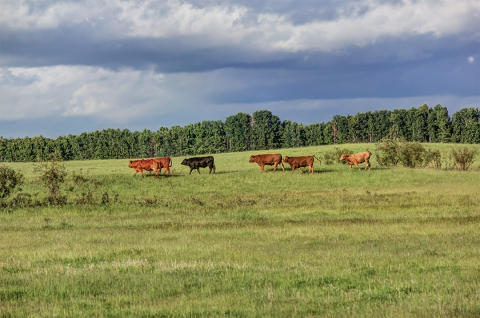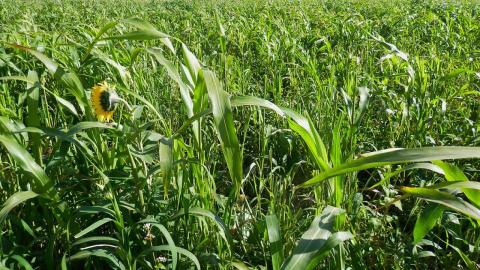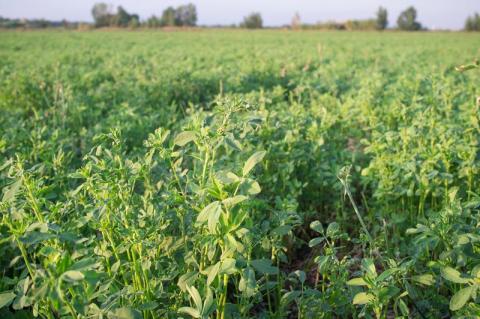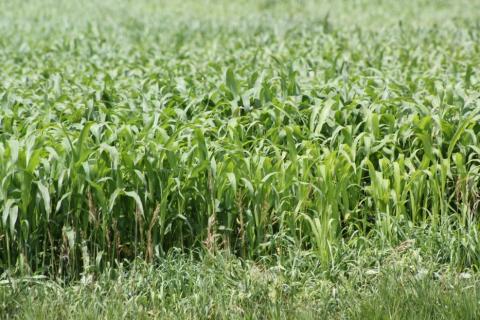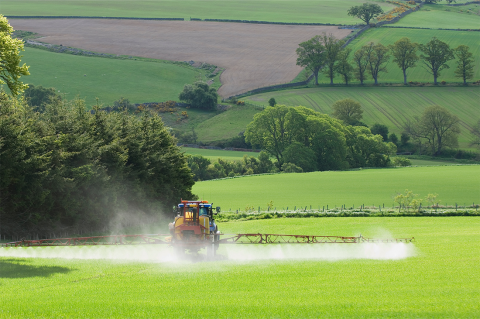Pasture and Forage Minute: Hay Harvest, Weather Impacts on Forage Growth and Grazing Strategies
July 1, 2024
Nebraska Extension educators share tips on adjusting grazing strategies for summer weather and forage growth, and targeting the best date for sub-irrigated meadow hay harvest.
Measuring Up: Annual Forage vs. Row Crop
May 10, 2024
This webinar highlights the economics and production benefits of incorporating annual forage systems into crop rotations for producers interested in diversifying their operation.
Pasture and Forage Minute: Evaluating Alfalfa Stands, Fertilizing Cool-season Grass
March 26, 2024
Recommendations on getting an accurate assessment of alfalfa stands this spring and fertilizing cool-season grass pastures and hayfields for optimal forage yields.
Pasture and Forage Minute: Strategies to Increase Alfalfa Health, Productivity
March 19, 2024
Extension educators review options for interseeding grasses into alfalfa and assessing alfalfa stand health.
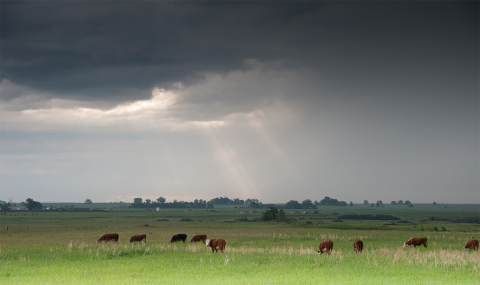
Pasture and Forage Minute: Understanding Fall Dormancy in Alfalfa, Planning Summer Grazing
February 27, 2024
Extension educators share growth impacts of fall dormancy in alfalfa and recommendations for building your spring and summer grazing and forage plans.

Pasture and Forage Minute: Preparing Your Operation for 2024, Planning Spring Annual Forages
January 23, 2024
Winter brings time to take stock of our current operations and plan for the future, which can make a significant impact on success in the upcoming year.
Annual Forage Options for July or August Planting
July 13, 2023
UNL Beef provides information on forage species selection and key management considerations based on desired use.
Pasture and Forage Minute: Calculate ROI Before Fertilizing Pastures
April 26, 2023
This week: Fertilizing pastures — an in-depth analysis on the economics of applying fertilizer to Nebraska pastures this season.
